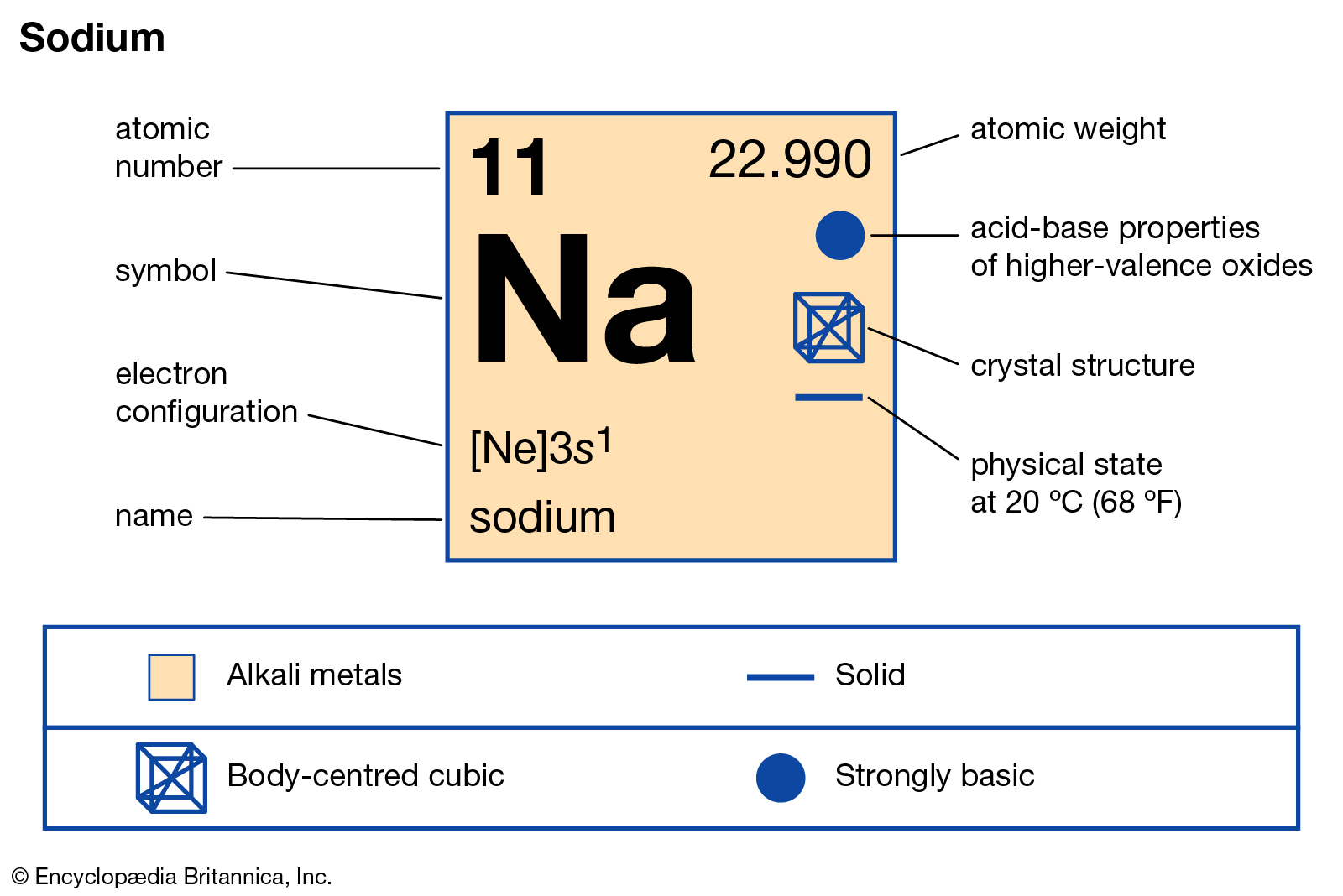

Sommerfeld retained Bohr's planetary model, but added mildly elliptical orbits (characterized by additional quantum numbers ℓ and m) to explain the fine spectroscopic structure of some elements. During this period Bohr was working with Walther Kossel, whose papers in 1914 and in 1916 called the orbits "shells". The shell terminology comes from Arnold Sommerfeld's modification of the 1913 Bohr model. "From the above we are led to the following possible scheme for the arrangement of the electrons in light atoms:" Bohr's 1913 proposed configurations Number of electrons in this ring is arbitrary put equal to the normal valency of the corresponding element." Using these and other constraints he proposed configurations that are in accord with those now known only for the first six elements. At that time Bohr allowed the capacity of the inner orbit of the atom to increase to eight electrons as the atoms got larger, and "in the scheme given below the In 1913 Bohr proposed a model of the atom, giving the arrangement of electrons in their sequential orbits. Įach shell consists of one or more subshells, and each subshell consists of one or more atomic orbitals. For an explanation of why electrons exist in these shells, see electron configuration. The general formula is that the nth shell can in principle hold up to 2( n 2) electrons. A useful guide when understanding electron shells in atoms is to note that each row on the conventional periodic table of elements represents an electron shell.Įach shell can contain only a fixed number of electrons: the first shell can hold up to two electrons, the second shell can hold up to eight (2 + 6) electrons, the third shell can hold up to 18 (2 + 6 + 10) and so on. The shells correspond to the principal quantum numbers ( n = 1, 2, 3, 4 .) or are labeled alphabetically with the letters used in X-ray notation (K, L, M, .). The closest shell to the nucleus is called the "1 shell" (also called the "K shell"), followed by the "2 shell" (or "L shell"), then the "3 shell" (or "M shell"), and so on farther and farther from the nucleus. In chemistry and atomic physics, an electron shell may be thought of as an orbit followed by electrons around an atom's nucleus.

The first (left) column is labeled "If ℓ equals" and the second (right) column is labeled "The mℓ values can be”."Atomic shell" redirects here. Commonly, instead of referring to the numerical value of ℓ, a letter represents the value of ℓ (to help distinguish it from the principal quantum number): Electrons within a shell that have the same value of ℓ are said to occupy a subshell in the atom. Underneath the columns in the rows are different values. The first (left) column is labeled "If n equals" and the second (right) column is labeled "ℓ can be”. Thus, for a given value of n, there are different possible values of ℓ: Table with two columns and four rows. The value of the ℓ quantum number can be any integer between 0 and n − 1: ℓ = 0, 1, 2,…, n − 1. The ℓ quantum number has a minor effect on the energy of the electron but also affects the spatial distribution of the electron in three-dimensional space-that is, the shape of an electron's distribution in space. Within a shell, there may be multiple possible values of the next quantum number, the angular momentum quantum number (ℓ ). The principal quantum number can be any nonzero positive integer: 1, 2, 3, 4,…. Electrons in the same atom that have the same principal quantum number are said to occupy an electron shell of the atom. The principal quantum number largely determines the energy of an electron. The first quantum number is called the principal quantum number(n). In the quantum-mechanical model of an atom, the state of an electron is described by four quantum numbers, not just the one predicted by Bohr. Instead, electrons are collected into groups and subgroups that explain much about the chemical behavior of the atom. Electrons are no longer thought of as being randomly distributed around a nucleus or restricted to certain orbits (in that regard, Bohr was wrong). Quantum mechanics predicts two major things: quantized energies for electrons of all atoms (not just hydrogen) and an organization of electrons within atoms. However, later researchers generalized Bohr's ideas into a new theory called quantum mechanics, which explains the behavior of electrons as if they were acting as a wave, not as particles. Bohr's description of the hydrogen atom had specific orbits for the electron, which had quantized energies.īohr's ideas were useful, but were applicable only to the hydrogen atom.


 0 kommentar(er)
0 kommentar(er)
